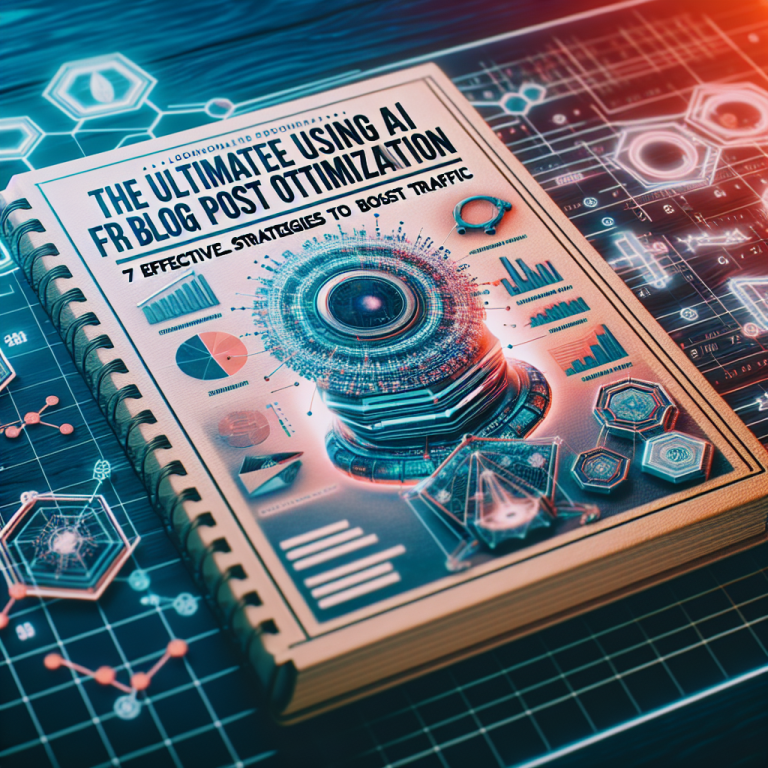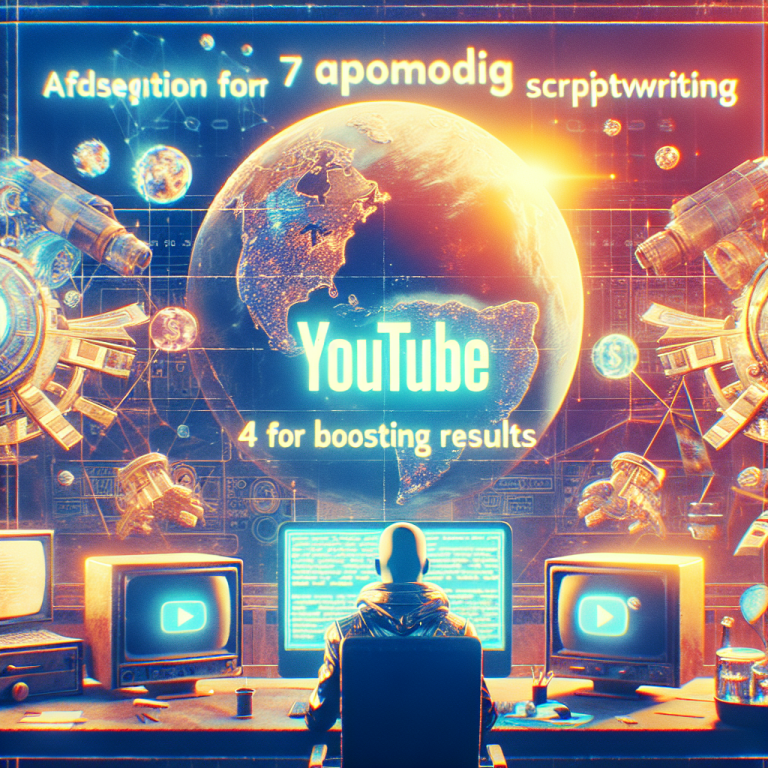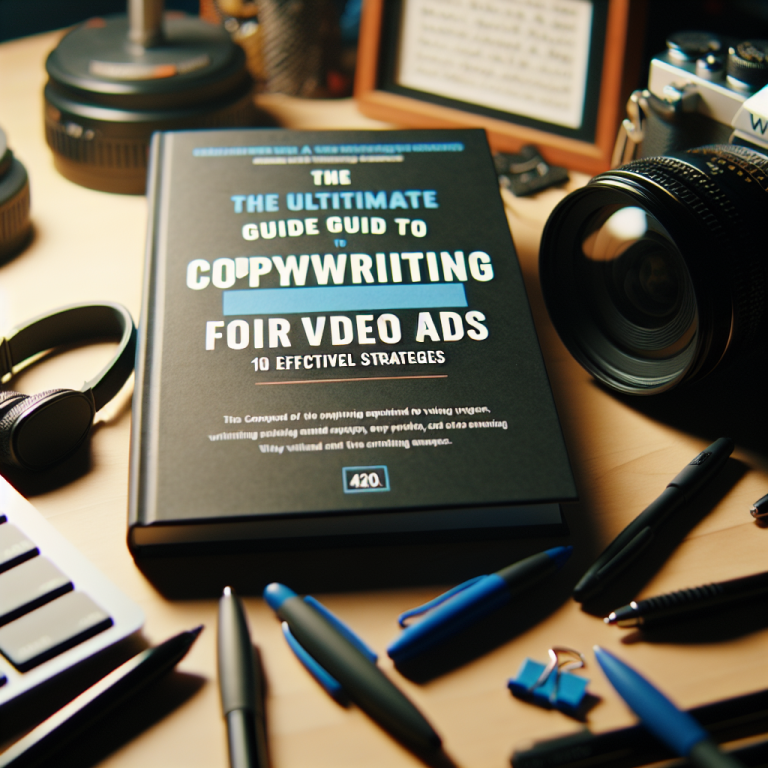The Ultimate Guide to Copywriting for B2B and B2C in 2025: 10 Effective Strategies
1. Personalization in Copywriting
Understanding Your Audience Deeply
In 2025, effective copywriting for B2B and B2C hinges on understanding your audience on a granular level. Personalization starts with gathering detailed data about customer preferences, pain points, and behaviors. For example, B2B companies can leverage account-based marketing (ABM) data to tailor messages that address specific industry challenges.
Utilizing advanced analytics tools enables marketers to segment audiences more precisely. Personalized messaging leads to higher engagement and conversions, as customers feel understood and valued. For instance, personalized email campaigns in 2025 boast open rates of over 25%, a significant increase from previous years.
By creating detailed customer personas, you can craft compelling copy that resonates. This approach ensures your messaging is relevant to each stage of the buyerâs journey, increasing the likelihood of closing deals or converting interests into sales.
Implementing Dynamic Content Strategies
Dynamic content adapts your copy based on the recipient’s behavior or profile. Whether serving personalized website experiences or tailored email content, this strategy improves user engagement significantly. Tools like AI-powered content engines allow real-time adjustments to your messaging.
For B2B, dynamic content can showcase case studies tailored to the visitorâs industry or company size, making your value proposition more compelling. B2C brands utilize this by displaying product recommendations based on browsing history.
In 2025, integrating AI and machine learning into your copywriting strategies not only enhances personalization but also automates the process, freeing up valuable resources and ensuring your messaging remains relevant and timely.
2. Emphasizing Value and ROI
Aligning Messaging with Business Outcomes
Effective copywriting for B2B and B2C must emphasize the tangible benefits you offer. In 2025, highlight how your product or service improves efficiency, reduces costs, or increases revenue.
Using clear, quantifiable data helps in positioning your brand as a solutions provider. For example, a SaaS company might cite that their platform saves clients an average of 20 hours per week, translating to tangible ROI.
Clients look for value-driven messaging, so focus on addressing their pain points directly and showing how your offerings deliver measurable results.
Using Data-Driven Content to Build Credibility
In 2025, analytics and case studies are your best allies. Incorporate recent statistics, testimonials, and success stories to build credibility. For B2B, sharing detailed ROI calculators can make prospects more confident in your solutions.
Data-backed content reassures clients that your claims are credible and meaningful. When your copy demonstrates proven results, prospects are more likely to convert.
Remember, your goal is to position your brand as a trusted partner capable of delivering real business value through compelling copywriting for B2B and B2C.
3. Using Storytelling to Engage Audiences
Creating Relatable Customer Stories
Storytelling remains one of the most effective strategies for connecting with your audience. In 2025, authentic stories about how your product transformed a business or improved a customer’s life resonate deeply.
For B2B, case studies featuring real clients and specific challenges create relatable narratives that demonstrate authenticity. B2C brands can use storytelling in branding campaigns that evoke emotions and foster loyalty.
Well-crafted stories make your messaging memorable and foster a stronger emotional connection, encouraging prospects to take action based on trust and rapport.
Integrating Narrative Elements into Copy
Effective copy should flow like a story, with a clear beginning, middle, and end. Highlight the initial challenge, the journey of overcoming it, and the successful resolution. Incorporate characters, conflict, and resolution for compelling narratives.
In 2025, integrating multimedia elements such as videos or infographics within your storytelling enhances engagement. For example, a video testimonial can powerfully complement written case studies.
Adapt your storytelling approach to match your target audienceâs preferences, whether they prefer detailed stories or quick success snippets. This helps elevate your copy from informative to engaging.
Frequently Asked Questions
- Q1: What is the importance of copywriting for B2B and B2C in 2025?
- In 2025, effective copywriting for B2B and B2C remains crucial for differentiation, engagement, and conversion. With increasing competition and evolving customer expectations, well-crafted copy helps establish trust and clearly communicate your value proposition.
- Q2: How can I improve my copywriting for B2B and B2C?
- Focus on understanding your audience, personalizing your messages, emphasizing value, and storytelling. Use data and customer insights to tailor your content and stay updated with the latest trends and tools in 2025.
- Q3: Why is personalization key in copywriting for B2B and B2C?
- Personalization makes your messages more relevant, increasing engagement and conversion rates. In 2025, AI and automation enable highly targeted content that speaks directly to individual needs and preferences.
- Q4: How does storytelling impact 2025 copywriting strategies?
- Storytelling builds emotional connections, making your brand memorable. It helps illustrate value through relatable narratives, which can be especially effective in building trust in both B2B and B2C markets.
Conclusion
Embracing effective tactics in copywriting for B2B and B2C is essential for success in 2025. From personalization and storytelling to emphasizing value, these strategies help you connect more meaningfully with your audience, drive engagement, and boost conversions. By implementing these 10 proven strategies, youâll position your brand as a trusted leader in your industry. Remember, compelling copy is the backbone of successful marketing, and mastering it in 2025 will set you apart from the competition. So, stay innovative, data-driven, and customer-focused â your audience awaits!








